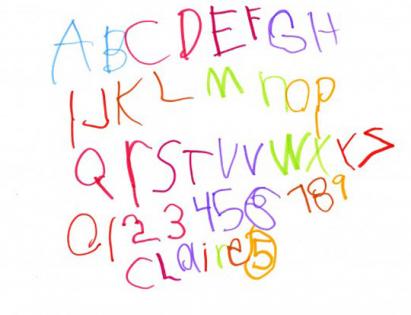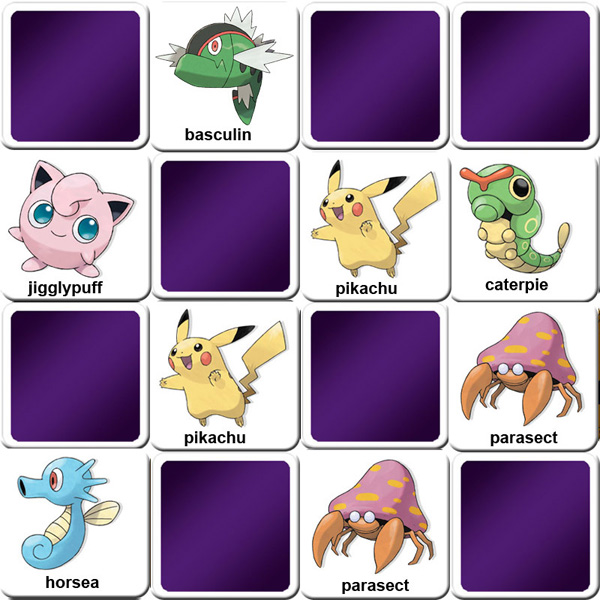Writing in English
In this chapter we are going to talk about a different skill: writing. This is skill is also difficult for that people that is learning a second language because it is really hard to put in words your ideas, emotions etc. If it is hard for an adult we have to think in our kids... We have to be realistic and try to do with our children very easy and simple texts and tasks in order to develop this skill.
>> Handwriting
We have to remember two things that make a great difference when children are learning to write in English:
- their age
- their degree of familiarity with roman script.
When children write, they have to pay attention to several things at the same time:
- develop finger control and be tidy
- form letters
- become familiar with the relationship between sound and spelling in English
- keep the picture of the letters in their minds
-learn when to use capital letters and how to punctuate





>> Handwriting
We have to remember two things that make a great difference when children are learning to write in English:
- their age
- their degree of familiarity with roman script.
When children write, they have to pay attention to several things at the same time:
- develop finger control and be tidy
- form letters
- become familiar with the relationship between sound and spelling in English
- keep the picture of the letters in their minds
-learn when to use capital letters and how to punctuate

>> Using computers
Since many children are now using electronic aids/computers, they need to:
- learn the keyboard layout
-learn how to type, ideally using all their fingers and sitting properly
- learn some English expressions for using a computer/email.
- learn the keyboard layout
-learn how to type, ideally using all their fingers and sitting properly
- learn some English expressions for using a computer/email.
>> Writing
Like the other three language skills, writing is about meaning. Early writing activities such as copying, tracing, and making letter shapes are handwriting practice. Finding the letters for computer work is a matter of recognition and developing keyboard skills. But children always have to think about the meaning of what they are writing. And whatever the lesson focus is - handwriting practice or keyboard skills or expressing meaning, or a combination - children should enjoy the activity and feel successful.

>> Practising the alphabet

>> From speaking to writing and from reading to writing
- From speaking to writing: making memory games and quizzes. When children can physically make the letters of the alphabet or use a keyboard, they can do activities to practise their writing, e.g. tracing by hand, finishing words, or copying by hand or on the computer.
But as meaning is the most important aim of writing, it is always important to link these activities with what children already know and what they are learning

>> Writing with other children
So far in this unit, we have focused on writing individual words, phrases, and single sentences. But children also need help in writing longer, continuous pieces of writing, such as recipes or short stories. You can use a familiar story as a basis for a class writing activity. When children work together as a class, they can learn to help one another and co-operate. In this section the children are writing about a story they know. They are not just going over language - they are also learning how to
write a story. Children know a lot about stories. They understand the structure, that stories have a beginning and a middle where you tell what happens, and that there are different ways to end. Children can be quite sophisticated in the way they tell stories. This is part of the knowledge they
bring to class.
write a story. Children know a lot about stories. They understand the structure, that stories have a beginning and a middle where you tell what happens, and that there are different ways to end. Children can be quite sophisticated in the way they tell stories. This is part of the knowledge they
bring to class.



Comentarios
Publicar un comentario